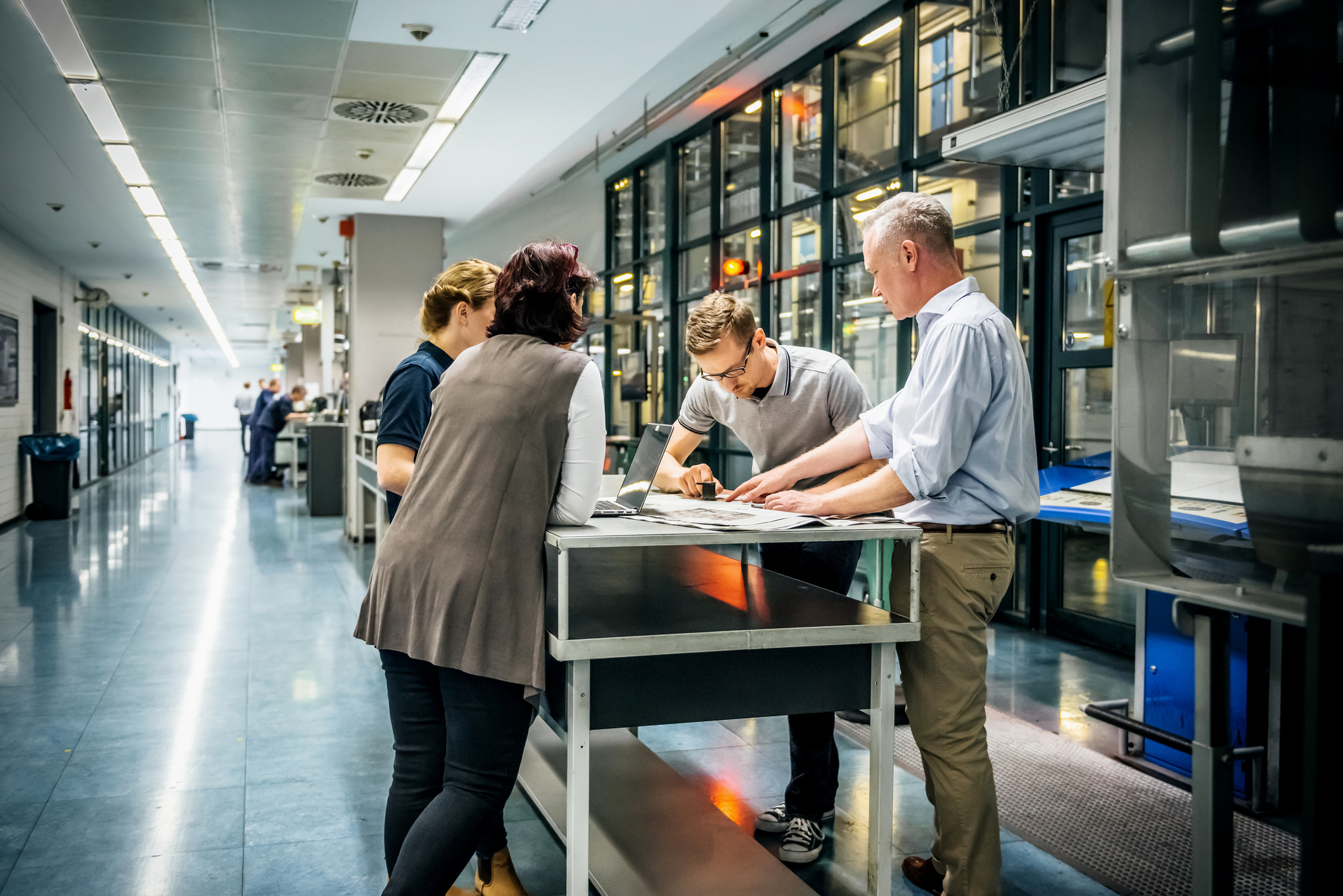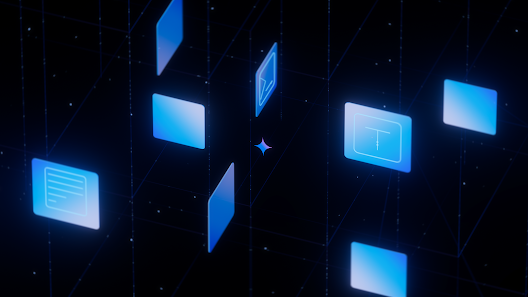Artificial Intelligence (AI) is reshaping industries, yet a critical distinction often overlooked is the contrast between Forward-Deployed AI and Lab AI. While both are pivotal to AI’s evolution, they serve vastly different purposes and require different approaches to create real-world impact.
What is Lab AI?
Lab AI thrives in controlled environments, focusing on innovation and pushing technological boundaries. This is where groundbreaking algorithms are developed, refined, and tested under optimal conditions. These pristine settings allow researchers to achieve near-perfect accuracy and create moonshot ideas. However, the transition from lab to practical application often reveals challenges such as data inconsistencies, regulatory restrictions, and implementation hurdles.
A prime example is IBM Watson, which initially gained fame for its Jeopardy! win. Despite its technological sophistication, Watson struggled to find widespread business application until it was integrated into workflows like analyzing messy healthcare data. This highlights a common issue: Lab AI often needs significant adaptation to thrive in real-world conditions.
The Power of Forward-Deployed AI
Unlike Lab AI, Forward-Deployed AI operates in the trenches, solving immediate challenges and delivering tangible value. It is designed to thrive in dynamic, real-world environments where data is often messy, workflows are complex, and conditions are ever-changing. This form of AI prioritizes adaptability, scalability, and usability over theoretical perfection.
For instance, in healthcare, Forward-Deployed AI can process thousands of claims in seconds, flagging anomalies and expediting approvals. In customer service, chatbots powered by Forward-Deployed AI continuously learn and improve based on user interactions, providing 24/7 support and improving operational efficiency.
Why Lab AI Alone Falls Short
While Lab AI is crucial for foundational research, relying solely on it limits its business impact. Lab-tested models often encounter challenges when transitioning to real-world applications, such as mismatched data formats or compliance regulations. For example, a lab-trained model with 99.9% accuracy in identifying rare diseases may struggle if it cannot integrate seamlessly into healthcare systems.
By contrast, Forward-Deployed AI focuses on immediate operational challenges, enabling businesses to automate tasks, enhance decision-making, and deliver ROI more quickly. Its ability to adapt to complex workflows makes it indispensable for industries like healthcare, finance, and manufacturing.
When to Use Lab AI vs. Forward-Deployed AI
Lab AI: Best suited for long-term research and transformative projects, especially when pushing the limits of AI capabilities. Innovations like DeepMind’s work in protein folding exemplify Lab AI’s potential, though practical applications may require further refinement.
Forward-Deployed AI: Ideal for specific use cases requiring immediate results. It excels in high-context environments, such as automating payment processing in healthcare or improving manufacturing efficiency. For example, Siemens has leveraged Forward-Deployed AI to revolutionize shop floor operations. Learn more about Siemens’ industrial AI advancements here.
Bridging the Divide Between Lab and Forward-Deployed AI
To maximize AI’s potential, the gap between Lab AI and Forward-Deployed AI must be bridged. This involves bringing AI out of the lab earlier and fostering collaboration between engineers and operational teams. Hybrid teams—comprising researchers, coders, and field experts—are key to translating innovations into practical, scalable solutions.
Here are actionable steps to bridge this divide:
- Embed Engineers in the Field: Encourage AI engineers to work alongside operational teams to understand real-world challenges and workflows.
- Integrate AI and Product Teams: Collaboration between AI and product development teams ensures solutions are user-friendly and tailored to specific needs.
- Focus on End-User Needs: Transition from theoretical perfection to usability, prioritizing how AI interacts with users and solves their problems.
- Test in Real-World Scenarios: Pilot programs in practical settings help identify and address issues early, ensuring models are effective in messy environments.
The Future: A Fusion of Lab and Forward-Deployed AI
The future of AI lies in harmonizing the strengths of Lab AI and Forward-Deployed AI. By combining the innovative potential of Lab AI with the pragmatic wisdom of Forward-Deployed AI, industries can unlock transformative solutions that are both groundbreaking and practical. For AI to truly revolutionize industries, it must not only dream big but also deliver real-world impact.







